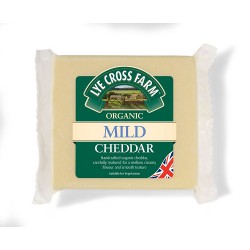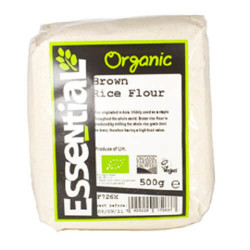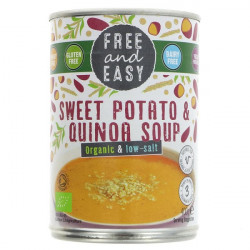- Fruit & Veg
- Chilled & Eggs
- Meat
- Fish
- Groceries
Navigation - Chilled & Eggs
Our Summers Drought: A Root Awakening?
-1000x400.png)
Celebrating the potato in this Paleo age is a challenge. They have become much maligned in recent years – we have forgotten our reliance on them over the decades to give us energy through winter. This year has been challenging for potato farmers contending with both the long, cold winter followed by a wet spring and then the early summer drought. Potatoes are sensitive to water shortages, in part because they are shallow-rooted plants, and as such draw their moisture and nutrients from the uppermost layers of soil. A stressed potato’s leaves will wilt over surface levels and their roots fail to swell in size. Customers of ours may have noticed substantially smaller potatoes than normal in their boxes this summer. We are still a little way off most farmer’s main potato harvest, hopefully giving the crop some more time in better conditions will allow for a final growth spurt to swell the Harvest size.
Usually, the UK is about 95% potato self-sufficient and only half of these are in irrigated fields – that means that this year we may, as a nation, be forced to import more as our yields are down. Perhaps word has got out, there have been several reported potato thefts this summer with farmers waking to a significantly smaller crop than they went to bed with!
The age-old question for all farmers whether it is potatoes, cereals or vegetables is when to harvest? The potato harvest is a complicated process that, perversely, begins by killing off the plant. On organic farms, this is usually done by burning. After this, the potato will no longer grow but the skin will start to harden up and thicken beneath the soil. Obviously, you want to allow your potatoes as much time as possible to reach maturity but the later in the season they are growing the more likely you are to get potato blight or other such diseases.
The next decision to be made is when to lift the potatoes once you have stopped their growth. Left underground you run the risk of them being consumed by slugs or rot damaged if the soil is waterlogged so why leave them at all? Well, one reason is that it reduces the risk they will be damaged during the lifting process, a thicker skin is more protective against the harsh metal of a potato lifter. For another, it makes the potato more disease resistant. Ultimately you hope that all your summer efforts will result in a crop to see you through winter, disease and rot free.
Climate change means that droughts are all the more likely to be part of our future. The last few years has brought floods, drought and extraordinarily late frosts to the UK and this is only a reflection of the global weather extremes that are increasingly commonplace. Farmers will need to look at new technologies in order to cope with a less predictable weather system. The ethos of organic farming is to work in harmony with our environment, rather than against it. Importance is placed on preserving soil health, hence our reliance on crop rotation, variety and leaving ground fallow. Careful plant selection is also significant, choosing things that best suit their growing environments will result in higher yields with minimal intervention. It is not unlikely that there will be a move away from traditional varieties of potatoes and farmers will opt for those that are more drought resistant.
- Sep 27, 2018
- Category: On the Farm
- Comments: 0
Your email address cannot be published. Required fields are marked*
Contact Us
| Call Us: | 8.00am - 5.00pm, Monday to Friday on 01937 531693 |
|---|---|
| Email Us: | office@theorganicpantry.co.uk |
| Find Us: | The Organic Pantry Ltd. |
| St Helen's Farm | |
| Rudgate | |
| Tadcaster | |
| LS24 9LY |
 |
The Organic Pantry Ltd. 2018 |  |
|
|---|---|---|---|
| Privacy Policy | Contact Us | Terms & Conditions | Customer GDPR Data Request |

























No comments